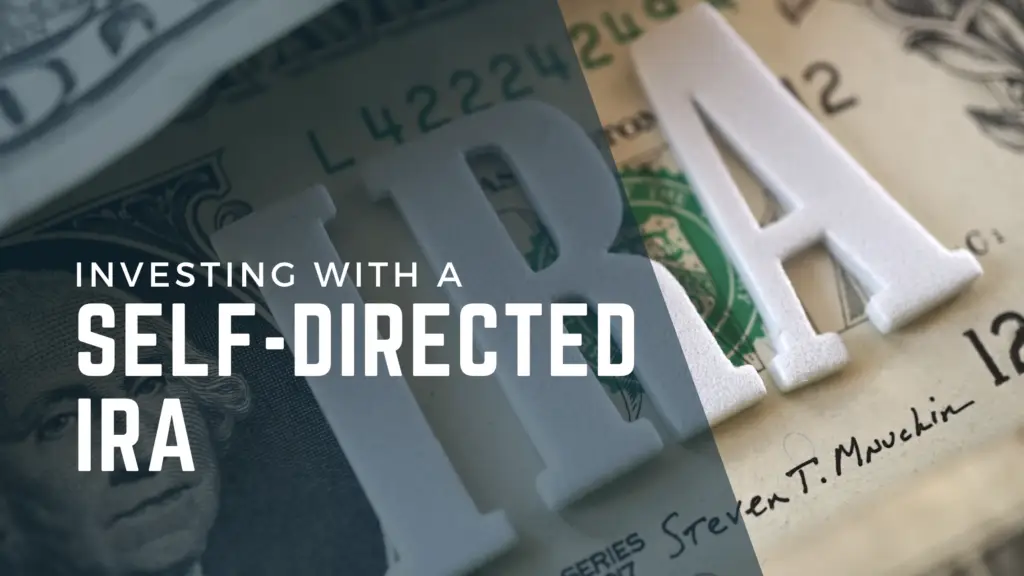When most people think about retirement accounts, they envision traditional investments like stocks, bonds, or mutual funds. But what if you could use your retirement savings to invest in real estate? That’s where a Self-Directed IRA (SDIRA) comes in.
What is a Self-Directed IRA?
A Self-Directed IRA is a type of retirement account that allows you to invest in alternative assets like real estate, private loans, and even cryptocurrencies. While it has the same tax advantages as traditional IRAs, the key difference lies in the range of investment options.
Why Use an SDIRA for Real Estate Investments?
- Diversification: Real estate can provide steady cash flow and appreciation potential, reducing reliance on stock market performance.
- Tax Benefits: Earnings from investments grow tax-deferred or tax-free, depending on your SDIRA type (traditional or Roth).
- Control: With an SDIRA, you get to choose the investments that align with your financial goals.
How to Get Started with an SDIRA
- Choose a Custodian: Work with a custodian experienced in handling SDIRAs.
- Fund Your Account: Transfer or roll over funds from an existing IRA or 401(k).
- Select Your Investment: Identify a real estate syndication that aligns with your strategy.
Things to Watch Out For
- Prohibited Transactions: Avoid deals involving disqualified persons (e.g., close family members).
- Unrelated Business Income Tax (UBIT): Understand the tax implications of leveraged investments.
Using an SDIRA for real estate syndication can be a game-changer for retirement planning. Work with trusted custodians and operators to maximize your returns while avoiding potential pitfalls.
Check out the Video Gallery on our FAQ page for a webinar series with Horizon Trust on investing with a self-directed IRA.

